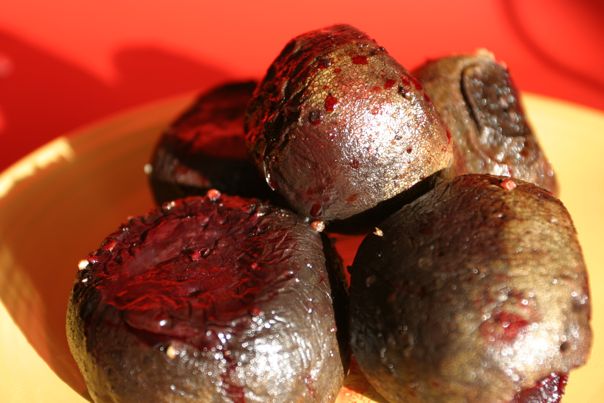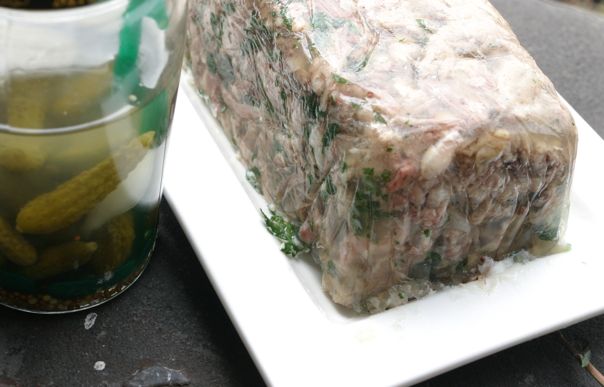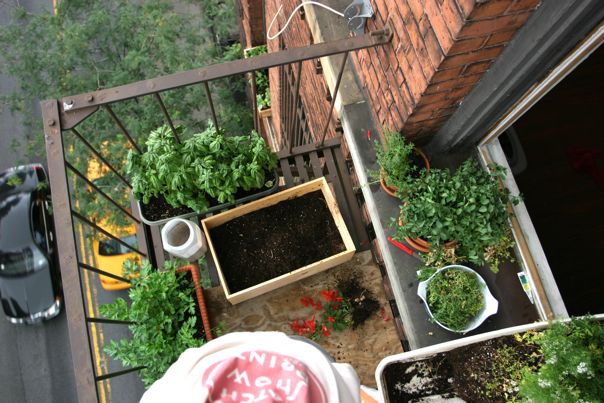Roasting lets you cook things pretty hot and fast. If you include the time it takes to bring water to boil, it can be faster than boiling. I think it also holds in more nutrients, and to my tongue, roasted veggies taste better than steamed. The balance with roasting is to make sure the veggies are cooked through and are nicely browned on the outside. To that end, some of the items here are steam-roasted. This involves covering for the first part of the cooking (to steam them in their own water), then uncovering for the last part (to brown the outside). We also achieve the balance by varying the temperature. In general, smaller, less dense items are cooked at higher temperatures, and bigger, denser items are cooked slow and low. So, if you ever want to speed any of these things up, just chop your target food into smaller pieces and increase the oven temp. The only danger is that the food might dry out too much if chopped too small.
Before you begin:
When it’s not mentioned, this guide assumes you will toss the vegetables in question with generous quantities of olive oil, salt, and pepper. If you don’t, you’ll be disappointed for sure.
beets, golf-ball size pieces:
In addition to oil and S&P, add a lot of balsamic vinegar, and 10 cloves of
garlic per pound of beets.
Wrap the whole thing tightly in foil
Bake at 400 degrees, 1 hour
bell peppers, halved:
Do not coat with oil or S&P. Broil skin-side up 3-4 inches from heat until black (it won’t take long). Place in a plastic bag for a few minutes to steam, then the skin should fall right off.
cauliflower, leaves removed, cut into 8 wedges:
475 degrees, lowest rack
lined baking sheet, covered for 10 minutes
then uncovered for 8-12
then flip, and another 8-12
eggplant, whole:
425 degrees, 35-45 minutes, turning occasionally
eggplant, 1/2 inch slices:
450 degrees, 20-25 minutes
garlic:
Roasted garlic keeps for a month refrigerated, and it lends soul to many dishes.
4 heads garlic
1 cup milk
2 tsp o.o.
1. Heat oven to 350 degrees. Remove outermost layers of skin and trip the top of the garlic head by 1/2 inch, so the cloves are exposed.
2. Place heads cut-side down in a medium saucepan. Add milk and begin to simmer. Poach over low heat for 10 minutes. Drain & rinse under cold water.
3. Tightly wrap the garlic heads in aluminum foil, and roast until very soft, about 1 hour.
4. Push out the puree and mash if desired.
green beans:
trim, toss with the usual suspects, and spread on a baking sheet.
Cook at 450 degrees, 10 minutes, then stir.
Cook until shriveled up and deeply caramelized, about another 10 minutes.
onions or fennel, peeled & quartered:
450 degrees, 20 minutes covered, 10 minutes uncovered
plum tomatoes, cut lengthwise in half:
325 degrees, 2.5 to 3 hours
potatoes:
450 degrees, covered for 1st half of cooking:
starchy: 35 minutes
waxy: 35 minutes
sweet: 26 minutes
root vegetables, general:
450 degrees, 20 minutes covered, then 10-40 minutes uncovered, depending on size
squash, butternut, quartered:
350 degrees, 40 minutes
 Every year, Caltech harvests the olives from 130 olive trees on campus in Pasadena, CA. They send most of the harvest to a local company to press and bottle, but there are some dedicated students who press olives immediately, creating a gorgeous purple goo from which the freshest olive oil can be skimmed.
Every year, Caltech harvests the olives from 130 olive trees on campus in Pasadena, CA. They send most of the harvest to a local company to press and bottle, but there are some dedicated students who press olives immediately, creating a gorgeous purple goo from which the freshest olive oil can be skimmed.



